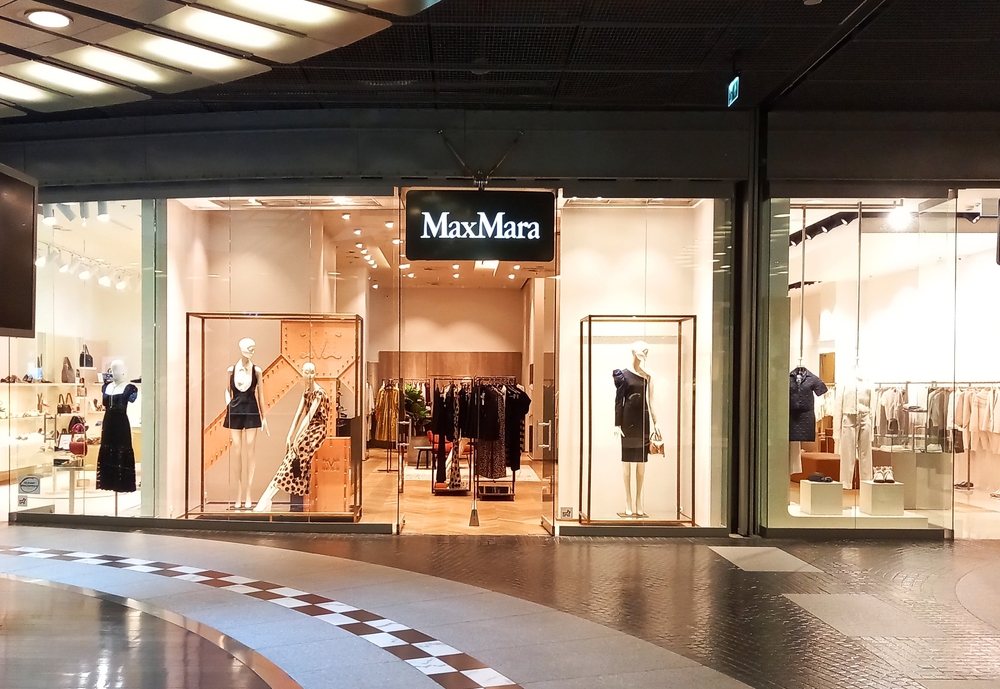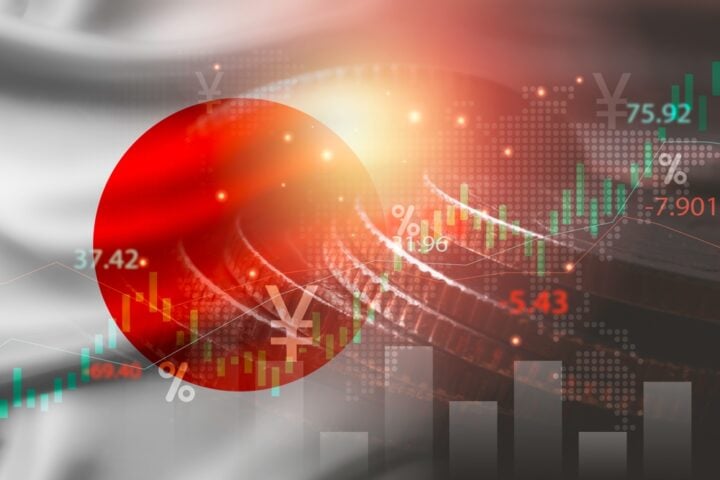The global personal luxury goods market is set to experience its first significant slowdown in 15 years, excluding the pandemic lockdowns, as macroeconomic uncertainties and a sluggish Chinese economy impact consumer spending. Bain & Company’s annual luxury report, released Wednesday, highlights the challenges the sector faces in 2024, forecasting a 2% contraction over the year due to increased costs and waning customer loyalty.
Although some segments like luxury autos, fine wine, and travel are seeing modest growth, overall spending in the luxury sector is expected to stagnate at around 1.5 trillion euros ($1.59 billion), matching last year’s figures.
China’s Economic Struggles Take a Toll
The slowdown in China, a critical market for luxury goods, has been particularly troubling. Despite global economic uncertainties and inflation pressures impacting luxury brands worldwide, the decline in Chinese consumer confidence has significantly influenced the downturn. Major luxury houses like LVMH, Burberry, and Kering (Gucci’s parent company) have all reported revenue misses throughout the year, underlining the importance of the Chinese market for sustained growth.
Even Richemont, the parent company of Cartier and previously more resilient in the face of sector-wide challenges, revealed a 1% drop in sales for the first half of its fiscal year, attributing part of this decline to weakened Chinese demand. “Mainland China has experienced a sharp slowdown, worsening throughout the year as domestic spending decreased due to lackluster consumer confidence,” Bain & Company reported.
While the report does not dismiss the possibility of continued weakness in the Chinese market into 2025, it leans toward a more optimistic “realistic scenario” of gradual recovery in the second half of next year.
Growth in Europe, U.S., and Japan
Despite the headwinds, the report points to some areas of stability and growth. Demand for luxury goods in Europe and the U.S. has shown incremental improvement quarter by quarter, while Japan has outperformed thanks to favorable currency exchange rates. Barring any significant economic disruptions, Bain & Company forecasts slight growth in the luxury sector for 2025.
Shifting Consumer Preferences: From Goods to Experiences
One of the notable trends in the luxury market has been the shift in consumer preferences from high-end products to experiences. Luxury travel, hospitality, fine dining, and wellness have become significant areas of growth, reflecting consumers’ changing priorities. The report also highlighted increased spending on smaller luxury items, such as eyewear and beauty products, as consumers opted for “small indulgences” over more substantial purchases.
This shift comes as luxury brands face the challenge of reconnecting with an increasingly unpredictable consumer base, particularly within the younger Gen-Z demographic. According to Bain’s study, nearly 50 million luxury consumers have exited the market over the past two years, a stark warning for brands to revisit their value propositions.
The Path Forward: Creativity and Personal Connection
Claudia D’Arpizio, a partner at Bain & Company and the report’s lead author, emphasized the need for luxury brands to adapt to these new market realities. “To win back customers, particularly the younger ones, brands will need to lead with creativity and expand conversation topics. Simultaneously, they must keep their top customers front and center, surprising and delighting them while rediscovering one-to-one human interactions,” she said.
The report underscores that luxury brands must find a balance between innovating to attract new consumers and maintaining relationships with their loyal clientele. This strategy will be crucial as brands navigate through economic headwinds and shifts in consumer behavior.
The first slowdown in the personal luxury goods market since the Global Financial Crisis serves as a wake-up call for luxury brands. With economic uncertainty, a critical slowdown in China, and changing consumer preferences, the sector faces significant challenges ahead. However, pockets of growth in experiences and small luxury items provide some optimism. Brands that adapt by engaging creatively and maintaining close connections with their top clients may be better positioned to weather these turbulent times and emerge stronger.







